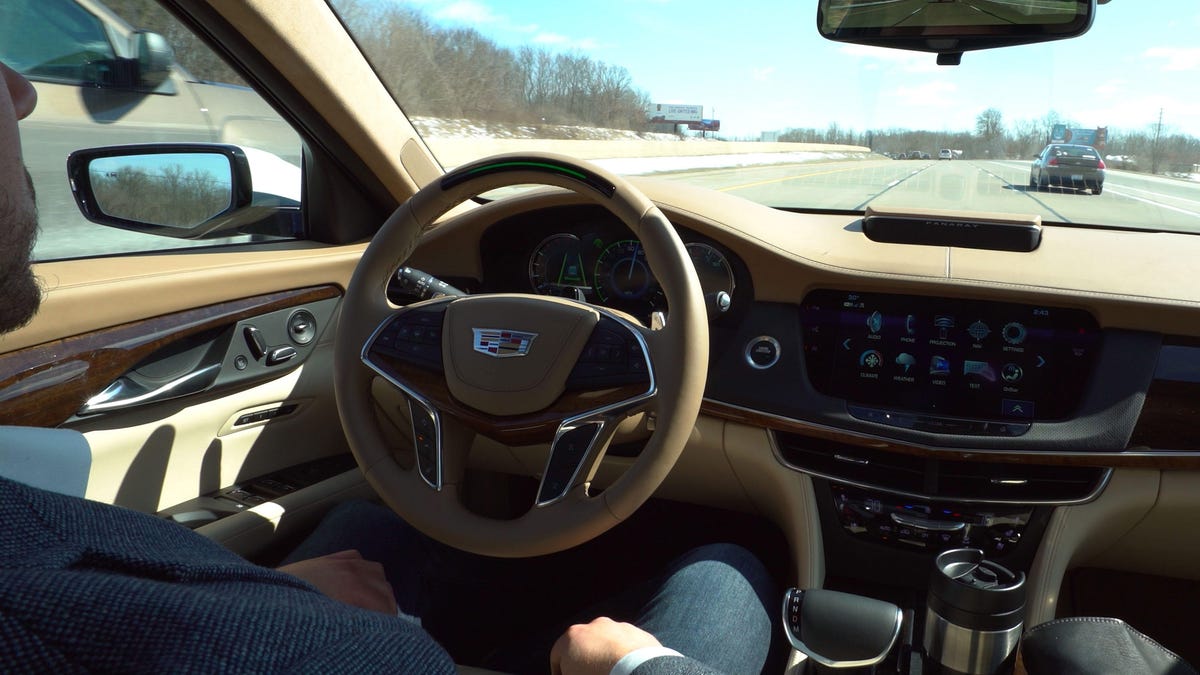New bill could mandate driver-monitoring systems in future cars
The SAFE Act, introduced today, would prompt the DOT to investigate these systems and rule on whether they should be mandatory in vehicles.
The most recent crash involving a Tesla Model S and alleged connections to running driver-assist features without a driver behind the wheel spurred a lot of talk on how to handle advanced technology and its growing impact on drivers. Following Sens. Richard Blumenthal and Ed Markey's calls for enhanced guidelines from the National Highway Traffic Safety Administration, the two introduced new legislation on Monday that aims to tackle the problem.
With Sen. Amy Klobuchar signed on as a sponsor, the Stay Aware for Everyone Act would compel the Department of Transportation to study driver-monitoring systems installed in vehicles. With findings delivered to the appropriate committees within 180 days, the Transportation Secretary would then need to finalize a rule within four years deciding if the systems should become mandatory on all new vehicles. Not just vehicles with any level of driver-assist system, like Tesla's Autopilot, but all new cars sold. Automakers would then have two model years to meet compliance with any new vehicles going on sale.
Not every automaker installs identical equipment to ensure drivers pay attention to the road ahead while using any sort of Level 2-rated driver-assist system. Most, though, include some sort of camera simply to track head and eye movement to ensure the driver pays attention to the road with a system engaged. If they don't, many cars will deliver a series of visual and audible alerts. If a driver is unresponsive, some may even pull the car off to the side of the road and dial emergency services for assistance.
The language in this bill, however, is interesting since it covers all new vehicles, rather than vehicles equipped with advanced assist systems. Naturally, this opens up privacy concerns, and all the bill says on this front is that the Transportation Secretary would determine "appropriate privacy and data security safeguards."
The SAFE Act is one of four new bills the pair of Democratic senators introduced today, proposing potential legislation to speed up recall reporting from automakers, to bolster vehicle seat backs to reduce related fatalities and to set up a system to help automakers report possible vehicle defects earlier for NHTSA to investigate.


